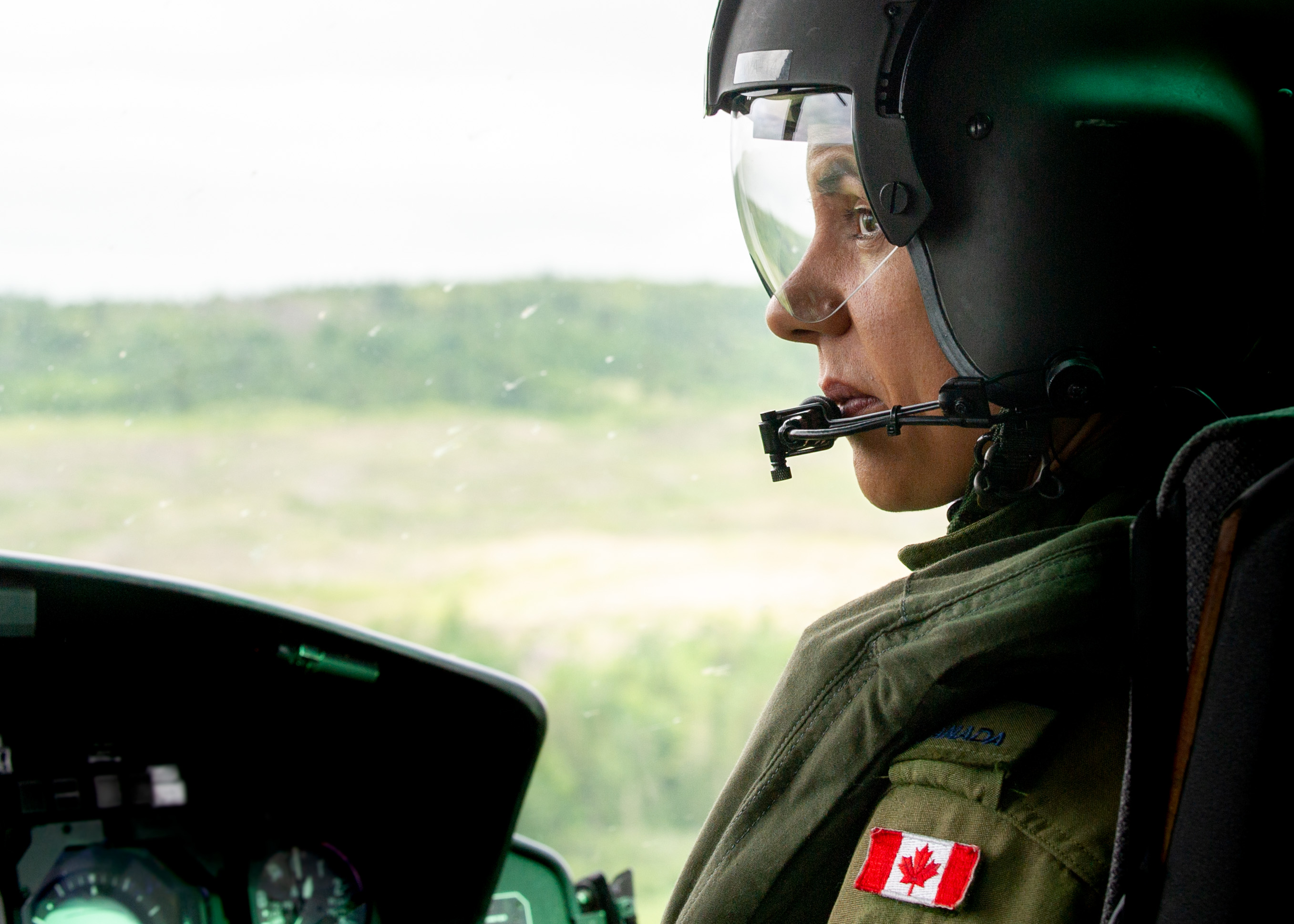Update on Operation EXPERIENCE: Pilot Occupation Analysis
Magazine Article / August 10, 2021
Ask anyone just about anywhere, “What is a pilot?” and likely you will get the same answer: “Someone who flies a plane.” Or is it? Does a pilot simply fly an aircraft, or is it much more than that? Even the CAF’s recruiting website describes a pilot as one who flies “a range of Canadian Armed Forces (CAF) aircraft in a variety of roles: Search and Rescue, Fighter, Transport, Tactical Helicopter, or Maritime Patrol.” But is flying their only task?
An Occupation Specification (OS) digs much deeper into that question. It is the foundation document that describes all of the knowledge, skills and tasks inherent in a given occupation, along with the conditions under which one might operate. The Pilot OS outlines the pilot military employment structure, all pilot jobs by rank, required training, master task list, and the career progression model. According to the Director Personnel Generation Requirements (DPGR) website, the Pilot OS has not seen a review since 1981 – that’s 40 years ago! If the training and retention of pilots is a serious issue for the RCAF, then a review and update of the RCAF standard for pilot jobs, training and career progression is a must.
An Occupation Analysis (OA) for Pilot was initiated in 2019, just prior to the launch of Op EXPERIENCE, the CDS-directed program that focuses specifically on stabilizing and increasing levels of pilot experience. The requirement to complete the Pilot OA is an essential line of activity. This is a multi-year process, normally spanning two to three years with another couple of years allocated for the implementation of any changes. It is true the last OA was signed in the early 1980s and governs the occupation specification; however, despite the old OS in place, the entry standards, training specification and similar elements have been kept current to match today’s environment.
The Pilot OA is now in its second year of work as a full-time commitment, with a study lead and two pilots at the major rank posted to the project. This work includes almost daily interaction with the RCAF Occupation Authority, as well as with subject matter experts. In addition, a Qualification Requirements Assessment and a Structure Options Analysis (SOA) were recently conducted to further define occupational requirements. The end result will be a current Military Employment Structure Implementation Plan (MES IP), a foundational document that will be the basis of the occupation and its structure. It will include a master task list, qualification requirements, job descriptions, and entry and fitness standards. The SOA looked at options for potential changes to the overall make-up of the pilot occupation, such as: splitting it into separate occupations based on different capabilities; maintaining a single pilot occupation, but with sub-occupations based on distinct capabilities; expanding a single occupation that encompasses multiple platforms; and, of course, maintaining the status quo.
Given the advances in technology, the new aircraft platforms acquired and the increasingly complex roles and responsibilities pilots take on as leaders in the RCAF since the last analysis, an updated OS is all the more essential. More information on this will be made available when work is finalized, so watch for it!
More than Flying
The primary responsibilities of a pilot are to plan communicate, coordinate and execute tactical missions in support of civil authority or military objectives, such as humanitarian and disaster relief, and air intercept operations. They work with sophisticated technology for precision tactical navigation systems, advanced communication systems, sensor systems, counter-measure systems and weapon delivery systems.
A pilot’s work environment can span a variety of areas, ranging from northernmost parts of Canada to duties supporting the Royal Canadian Navy, Canadian Army, and the Canadian Special Operations Forces. The working environment depends on the military role assigned to the pilot. Search and Rescue pilots are deployed anywhere across Canada to rescue people in distress and emergency situations. Fighter pilots protect Canadian sovereignty and defend our interests abroad. Transport pilots are the face of strategic and tactical lift of our own Forces as well as supplies, like humanitarian aid, to people around the world. Tactical Helicopter pilots support aid distribution, peacekeeping missions, and tactical troop movement for domestic and international operations. Maritime Patrol pilots protect Canadian coasts and provide a key Intelligence, Surveillance, and Reconnaissance capability at home and abroad. Maritime Helicopter pilots deploy with the ships, adding to the naval anti-submarine warfare capability.
